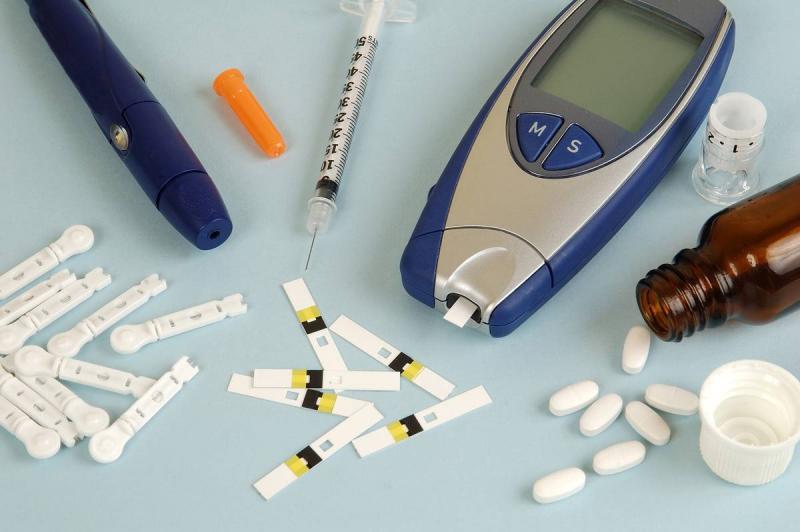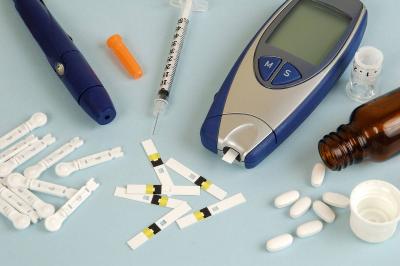Scientists have developed a new technique to treat type 1 diabetes by implanting a device within a pocket under the skin that can secrete insulin while avoiding the immune suppression that typically hinders disease management. This approach offers an easier, long-term, and less invasive alternative to insulin injections or traditional organ transplants that require immunosuppression.
Over the past decade, Mingling Ma, a professor of biological and environmental engineering at Cornell University, has been working on developing a better way to control the disease. In 2017, he unveiled a removable polymer thread containing thousands of islet cells, protected by a thin hydrogel layer, which can be implanted in the patient's abdomen. The encapsulated islets can secrete insulin in response to low blood sugar levels in the body while also receiving a steady flow of nutrients and oxygen to remain healthy.
Dr. Ma's lab developed a more robust version in 2021, which proved effective in controlling blood sugar levels in diabetic mice for up to six months. These projects prompted James Shapiro from the University of Alberta, Edmonton, to reach out regarding potential collaboration. Shapiro devised a method for directly inserting small islets into channels under the patient's skin, then applying immunosuppressants to protect them.
The new system is called SHEATH (Subcutaneous Host-Enabled Autologous Transplantation of Human Islets). The procedure involves two steps. First, a series of nylon catheters are inserted under the skin, where they remain for four to six weeks, a period long enough for blood vessels to form around the catheter. Second, once the catheter is removed, islet devices about 10 centimeters long are inserted into the pocket created by the catheter, while the surrounding vascular system remains intact.
Dr. Ma stated, "This channel is perfectly suited for our device. Putting something under your skin is much easier and far less invasive than placing it in the abdomen. It can be done as an outpatient procedure, so you don’t have to stay in the hospital. It can be performed under local anesthesia."
While there remain additional challenges for the long-term clinical application of the device, Ma hopes that future versions will be able to last between two and five years before requiring replacement. The research paper was published in the journal Nature Biomedical Engineering.




